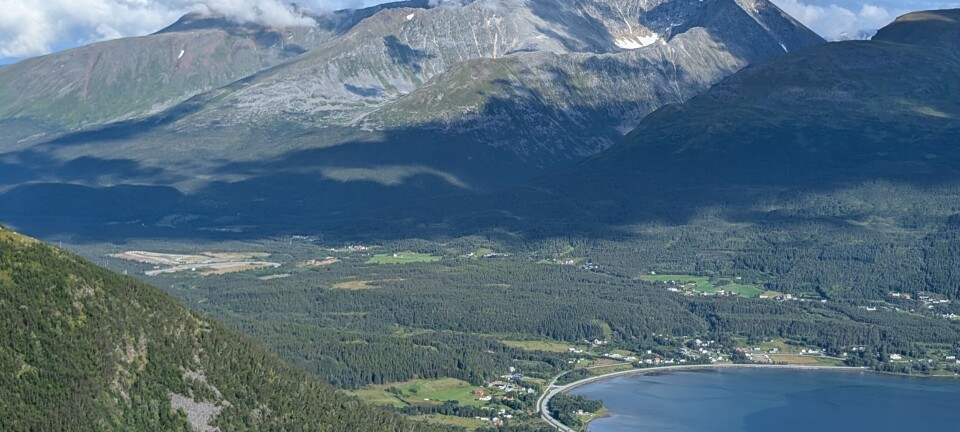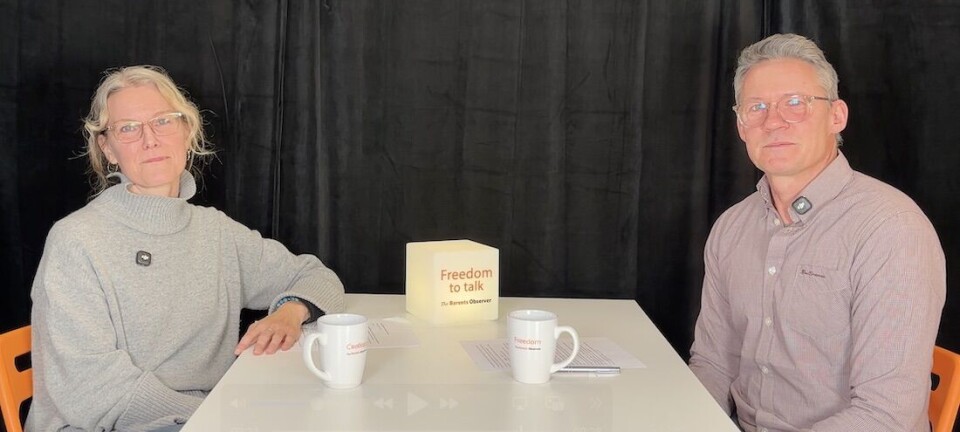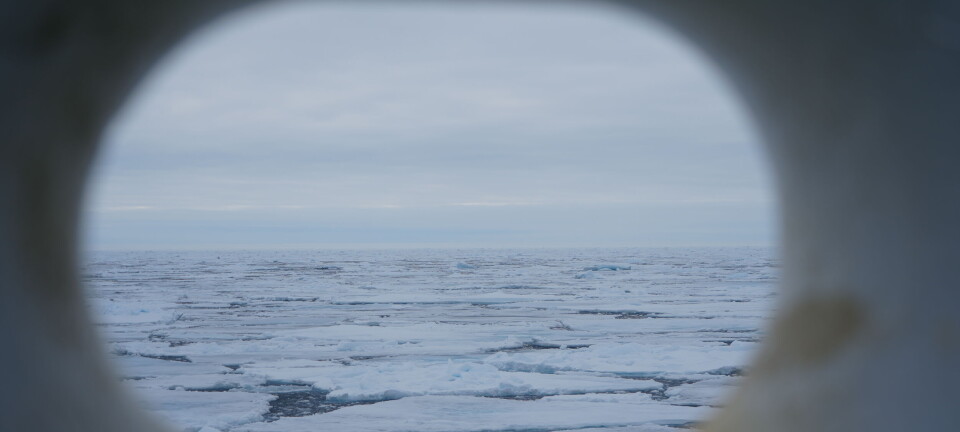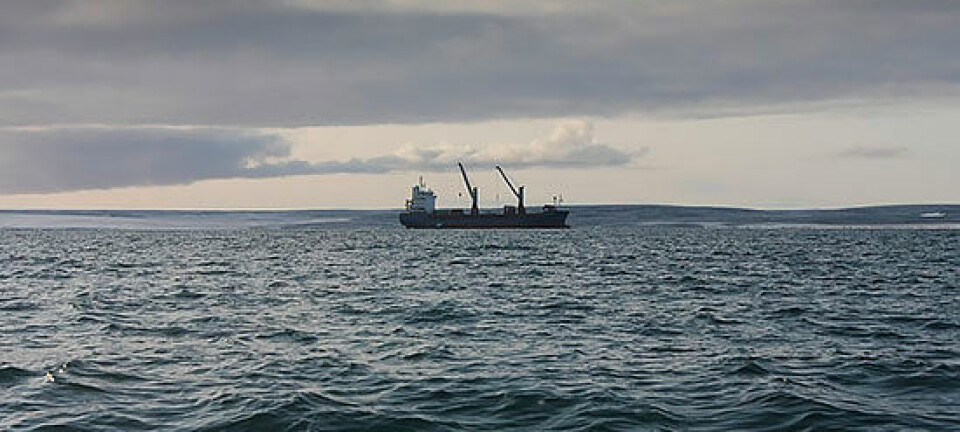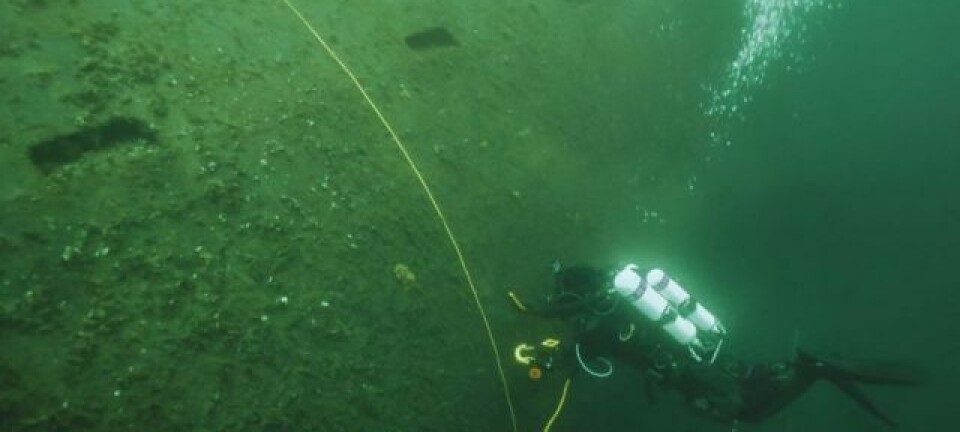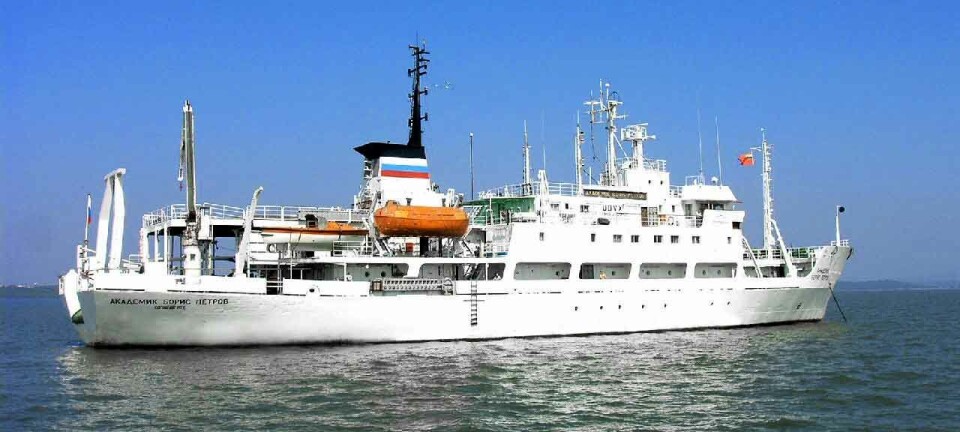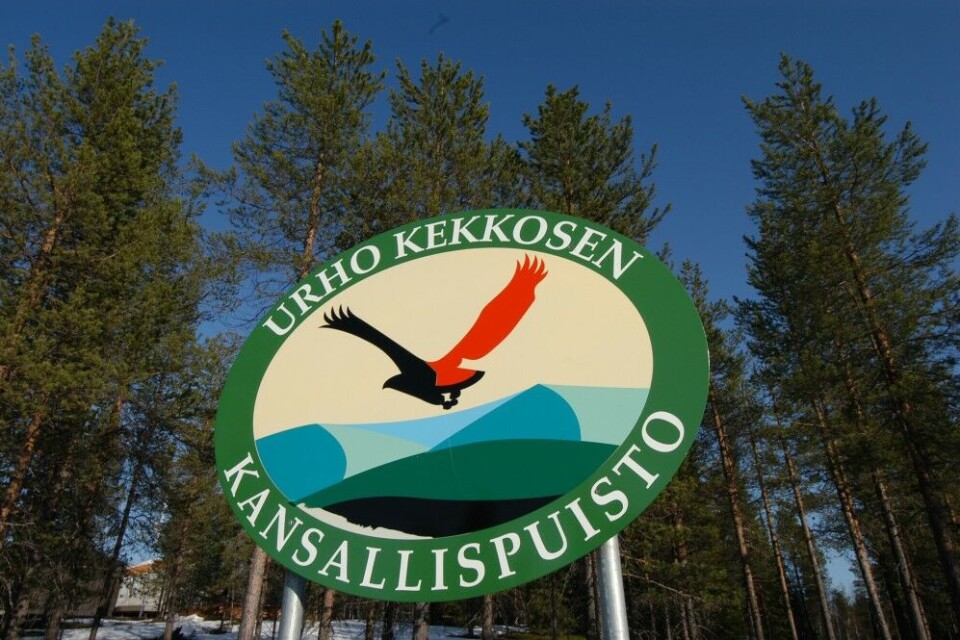
Forest protection well below target in Finland, despite UN obligations
Old-growth forests are hard to find in Finland, the home of a historically dominant paper and pulp industry with an inexhaustible appetite for timber.
Last year Finland was one of 167 countries that agreed to the UN’s Strategic Plan for Biodiversity and the so-called Aichi Targets. One of the strategic goals included in the targets is that by 2020, at least 17 percent of terrestrial and inland water areas and 10 percent of coastal and marine areas would be conserved through protection or conservation measures.
Stewards of Finland’s forests are scrambling to make up for lost time in meeting these goals. One new method is a campaign in honour of the centennial – « My gift of nature to 100-year-old Finland » – that encourages private owners of forest land in Finland to declare their forest as protected. The state has promised to match every donation by protecting an equal amount of hectares of state-owned forest.
So far this year 657 hectares of forest land have been protected under the programme, with decisions on 380 more hectares pending. The donations to date have come from 34 private owners and three municipalities.
« Above and beyond climate goals, these targets are the most important environmental objectives on the globe. In Finland, they are far less known that the climate targets, » says researcher Ari-Pekka Auvinen from the Finnish Environment Institute known as SYKE.
More biodiversity found in southern forests
The most endangered forest species in Finland at present can be found in southern Finland. This is because forest areas in the southern part of the country contain much more biodiversity than their equivalents in the north.
The Finnish Natural Heritage Foundation is a non-governmental organization that promotes protection of old growth or primeval forests. While all forests have ecological value, areas with old-growth are irreplaceable reservoirs of natural variance. Executive Director Anneli Jussila says her organization would gladly accept or facilitate donations of larger tracts of forest, but they are few and far between in the south.
« There are forest owners who have never let their forest land be harvested, and they only come up for sale when the owner dies. Other forest owners live abroad, leaving the land they own untouched for decades, » she says.
SYKE’s Auvinen says old-growth forest can be defined as any pristine area that is over 500 years old. Unfortunately, there are only tiny concentrations of these kinds of untouched forest areas left in Finland after decades of heavy logging. He says that if the goal is to tackle diminishing biodiversity, efforts to protect land must move beyond the older forests to gather larger areas.
« If we only protect the genuine old-growth forests, it would lead to the total destruction of our forest species. The only choice is to also conserve the older forests that have been logged but have been least affected by forest industry operations, » he says.
All regions should have over 10 percent protection
Auvinen says that a 100-year-old or more forest in southern Finland that hasn’t been touched for 30 years is a perfect example of an area that would be considered very valuable in terms of its biodiversity.
Only 6.6 percent of Finland’s healthy forest area is protected by law at present. Depending on the criteria for protection – in some areas, limited harvesting or clearing is still allowed – this number can rise to 7.7 or even 9.4 percent.
Geographically, forest protection varies widely in different parts of the country. Lapland’s vast natural parks protect large areas of forest, putting its percentage at close to 17 percent. The worst situation in the south is in South Ostrobothnia and South Karelia, where only a tiny percentage of forested land is under any kind of protection.
Auvinen says that ideally there should be equal amounts of protected areas throughout the country. If the country is serious about preserving its biodiversity, it can’t just limit its protection to the north.
« Otherwise, it is just a matter of statistical manipulation. There are crucial difference in the composition of the forests in the south and north, with much more variety found in the south. To truly reach our biodiversity target in our forests, we should ensure that none of our region’s protection rates fall under roughly 10 percent, » he says.
This story is posted on Independent Barents Observer as part of Eye on the Arctic, a collaborative partnership between public and private circumpolar media organizations.




